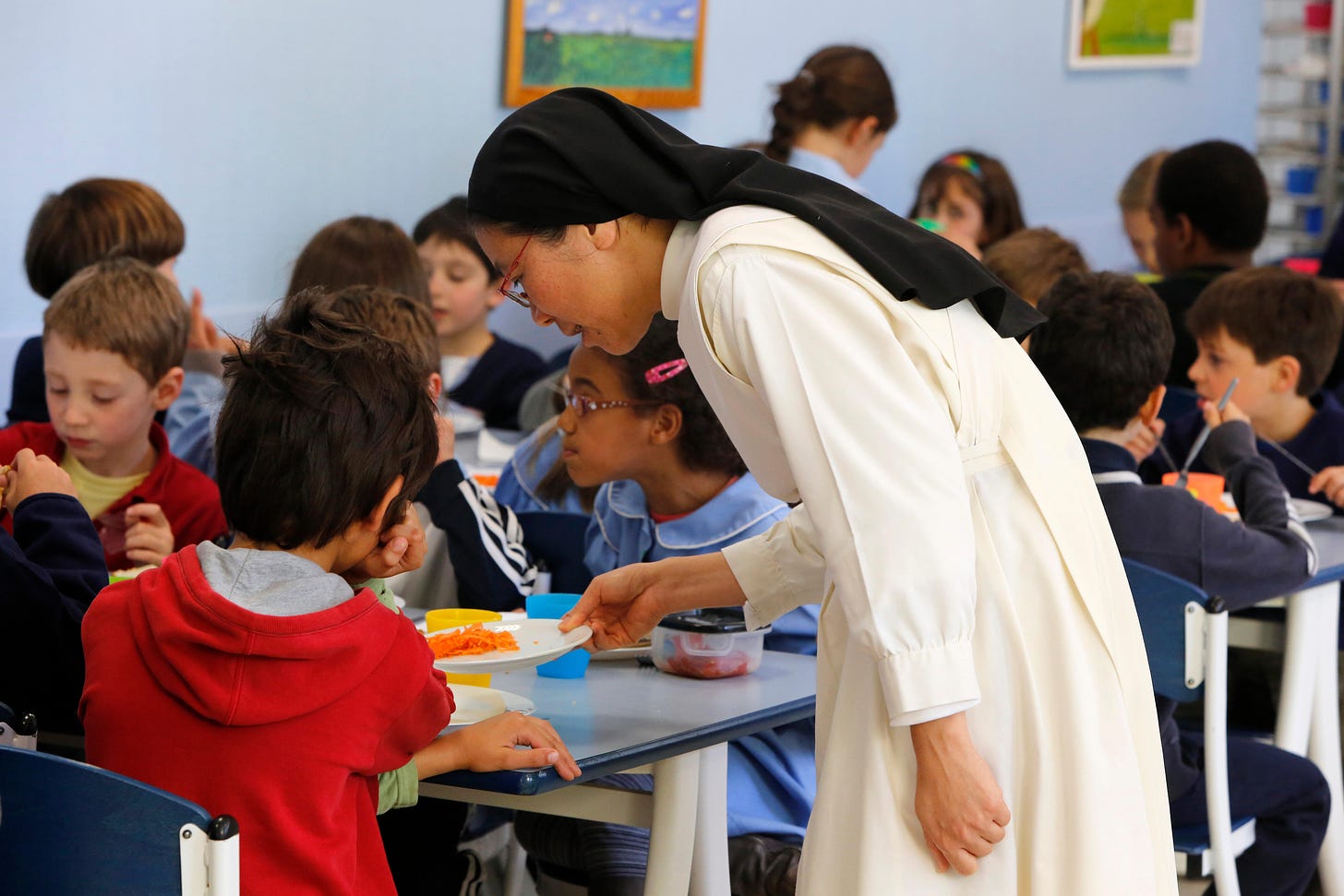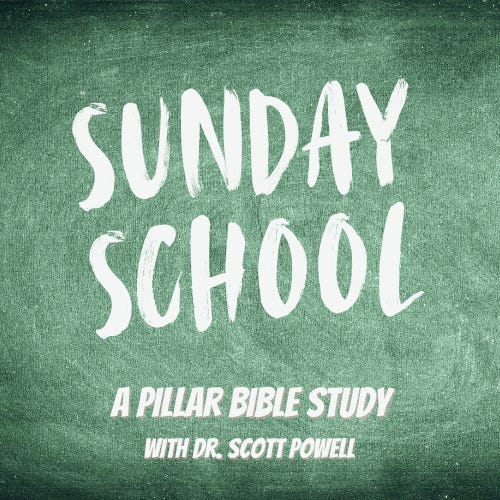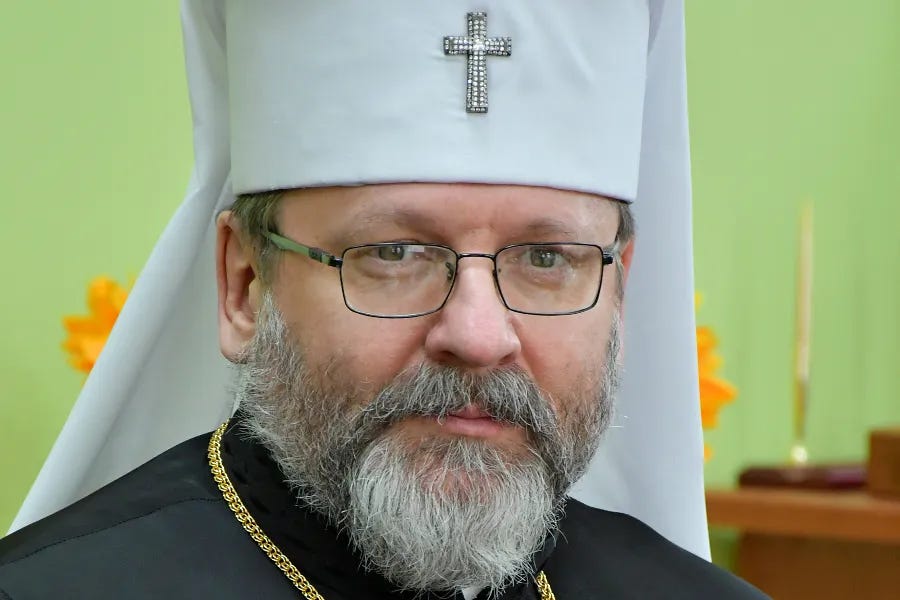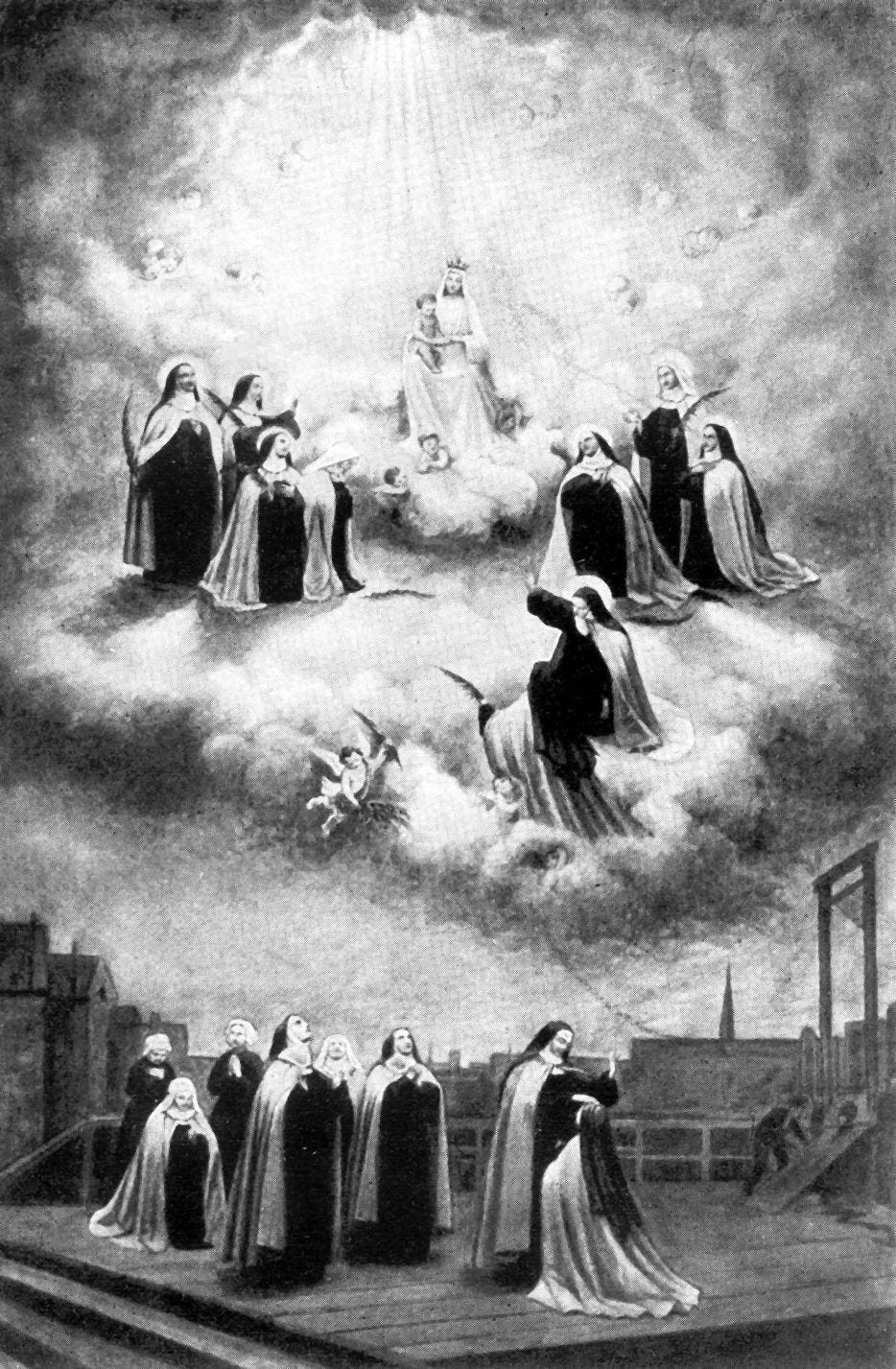A new instruction from the Congregation for Catholic Education, released on Tuesday, aims to foster a “renewal” of the essential characteristics of Catholic schools.
Outlining the roles and rights of pupils, parents, teachers and school administrators, and Church authorities, the instruction outlines both the “project” of education and the “community” in which it has to exist.
There was no stated reason for the gap between its final approval and release - given that it was issued simultaneously in several languages it seems likely that the instruction was given two months for comprehensive in-house translation so it could be received effectively by Catholic communities around the world at the same time.
Although the instruction, which as an act of executive authority has binding legal force in canon law, broadly restates existing Church teaching and law on Catholic education, its tone, emphasis, and timing will likely be seen as the Vatican weighing in on debate about the operation of Catholic schools, including standards for Catholic teachers, as well as the encroachment of state authority on school life and curriculum.
So, what does it say? The Pillar brings you a summary of the Vatican’s new instruction:
The project of Catholic education
One of the thorniest issues facing Catholic schools in many parts of the world is defining what makes them Catholic.
In the opening of the instruction, the congregation says that the experience of years of conferences, meetings of the congregation’s members and consultants, and the feedback of bishops from around the world has made obvious “the need for a clearer awareness and consistency of the Catholic identity of the Church’s educational institutions all over the world.”
“The Congregation for Catholic Education has been confronted with cases of conflicts and appeals resulting from different interpretations of the traditional concept of Catholic identity by educational institutions” for years, the instruction says, as schools grapple with a rapidly changing social landscape.
While Catholic schools are an essential part of the Church’s internal care for its members, fostering and instilling faith and formation, they are also part of the Church’s missionary witness and represent the Church in dialogue with wider society, the text explained.
But, quoting Pope Francis, the text emphasized that: “We cannot create a culture of dialogue if we do not have identity.”
According to the text, the foundational principle of this dialogue remains the universal right of everyone to an education — which means more than simple academic instruction. True education means “the formation of the human person in the pursuit of his ultimate end and of the good of the societies” of which every adult becomes a member.
Since education is a right for everyone, the congregation said, “the Council called for the responsibility of all” to ensure this right is met.
According to the congregation, for the Church, and for Catholic education, this means the right of all to have the Gospel announced to them: “For her part, the Church has the duty to educate, especially because she has the responsibility of announcing the way of salvation to all men.”
“In this sense, the education that the Church pursues is evangelisation and care for the growth of those who are already walking towards the fullness of Christ’s life. However, the Church’s educational proposal is not only addressed to her children, but also to all peoples [to promote] the complete perfection of the human person, the good of earthly society and the building of a world that is more human.”
The idea of a Catholic school
Referencing the ecclesiology of the Second Vatican Council, the instruction notes that the concept of a Catholic school is understood best “not so much as an institution but as a community.”
“The characteristic element of the Catholic school, in addition to pursuing cultural goals and the human formation of youth, consists in creating for the school community a special atmosphere animated by the Gospel spirit of freedom and charity,” says the instruction.
“To this end, the Catholic school aims to help youth grow according to the new creatures they were made through baptism as they develop their own personalities, as well as to order the whole of human culture to the news of salvation so that the knowledge the students gradually acquire of the world, life and man is illumined by faith.”
Understanding Catholic schools as, fundamentally missionary, catechetical, and academic is the key to understanding what the instruction calls the “project” of Catholic education, the instruction says.
It is within this framework that the concepts of “inclusivity,” “justice,” and “dialogue” find their best, most authentic expression, the congregation argues, pointing out that it is the Church’s “deep concern” for the poor, the weak, and the marginalized which underpins her educational mission.
“It can be said,” the congregation notes, “that in the Catholic school… reason enters into dialogue with faith, which also allows access to truths that transcend the mere data of the empirical and rational sciences, in order to open up to the whole of truth so as to respond to the deepest questions of the human soul that do not only concern immanent reality.”
But, the instruction says, this dialogue between reason and faith “does not constitute a contradiction,” because the task of Catholic schools is to “unite existentially by intellectual effort two orders of reality that too frequently tend to be placed in opposition as though they were antithetical: the search for truth, and the certainty of already knowing the fount of truth.”
The community of education
If the concept of Catholic education and of schools is a concept of a community, rather than an institution, the members of that community — and the extent to which they understand their own roles and inter-relate — define both its mission and its success, especially in “promoting and verifying” the Catholic identity of a school, according to the congregation.
The instruction, taking into account its affirmation of the universal right to an education, begins with the the pupil as the first member of the community, while at the same time restating the natural law rights of parents as the first educators of their children, and their responsibility to choose for their children the best means of imparting a Catholic education to them.
As the document turns to the role of teachers, the congregation lines up behind an argument which has been advanced by several American dioceses in recent years which defines all teachers, regardless of subject, as ministers of religion, for the purposes of U.S. law:
“In a Catholic school, in fact, the service of the teacher is an ecclesiastical munus and office,” it says, which they exercise not only by teaching in the classroom but “also bearing witness through their lives, [through which] they allow the Catholic school to realize its formative project to witness.”
The extent to which teaching is described almost as an ecclesiastical vocation is further emphasized by the instruction, which says they must all be “outstanding in correct doctrine and integrity of life,” and requires the “initial and permanent formation of teachers.”
“Following the doctrine of the Church, it is therefore necessary for the school itself to interpret and establish the necessary criteria for the recruitment of teachers,” the instruction says. “This principle applies to all recruitments, including that of administrative personnel. The relevant authority, therefore, is required to inform prospective recruits of the Catholic identity of the school and its implications, as well as of their responsibility to promote that identity.”
“If the person being recruited does not comply with the requirements of the Catholic school and its belonging to the Church community, the school is responsible for taking the necessary steps. Dismissal may also be resorted to, taking into account all circumstances on a case-by-case basis.”
School administrators and leaders are similarly required by the instruction to exemplify and respect the unique mission and character of a Catholic school, the congregation says, which itself exists as a community within the wider Catholic communities of the parish, the diocese, or the religious institute or congregation which sponsors it — with special attention paid to the proper role of Church authority in authenticating and certifying the Catholic identity of a school.
Of course, the congregation says, the community of a Catholic school exists within the wider community of civil society, which is itself present in the school itself through the students, many of whom may not be Catholic.
The state itself has its own obligation to provide parents with assistance in educating their children, the instruction says, repeating both Church teaching and canon law, but this obligation to assist does not mean the power to supplant the role of either parents or the Church.
“It may happen,” the congregation warns, “that the state imposes on Catholic institutions, operating in the public sphere, unbefitting behaviors that cast doubt on the doctrinal and disciplinary credibility of the Church.”
“Sometimes public opinion also makes solutions in line with the principles of Catholic morality almost impossible.”
In these circumstances, the congregation notes that “in many countries civil law bars ‘discrimination’ on the basis of religion, sexual orientation and other aspects of private life.”
“At the same time, educational institutions are granted the possibility to draw up a profile of values and a code of conduct. When these values and behaviors are not respected by those concerned, the latter can be sanctioned for lack of professional honesty in failing to comply with the terms set out in the related contracts and institutional guidelines.”
“While respecting the different spheres” of Church and state regulation of schools, the congregation says, “there is a need for reasonable defense of the rights of Catholics and their schools, both through dialogue with state authorities and through recourse to the courts having jurisdiction in these matters.”





